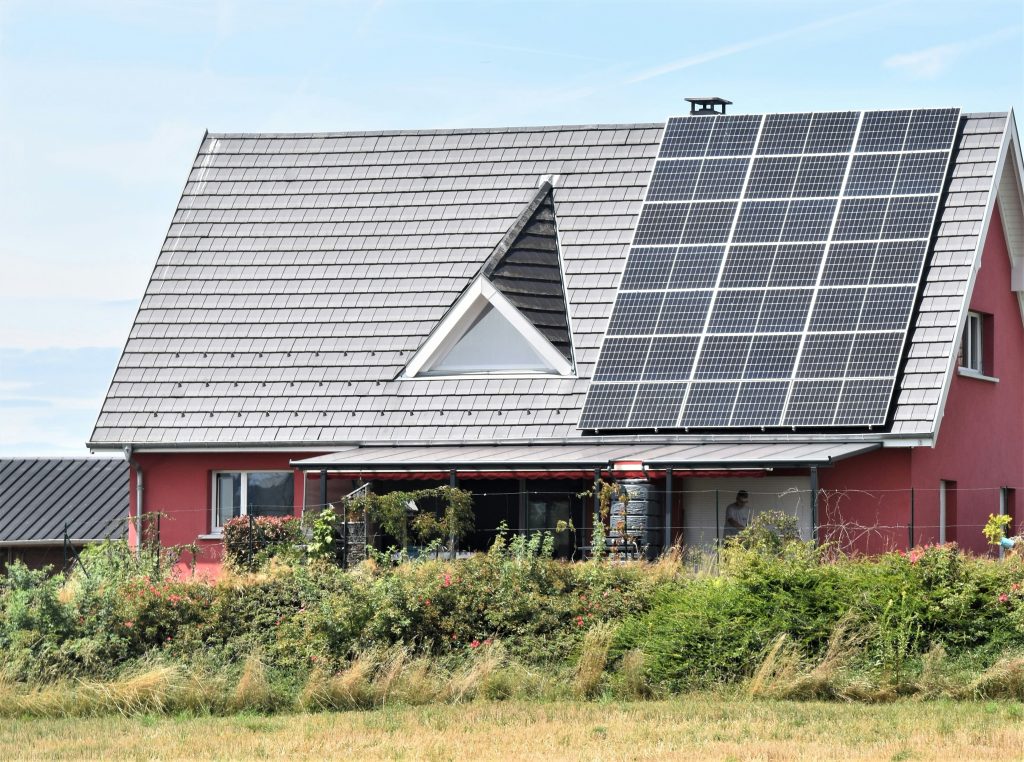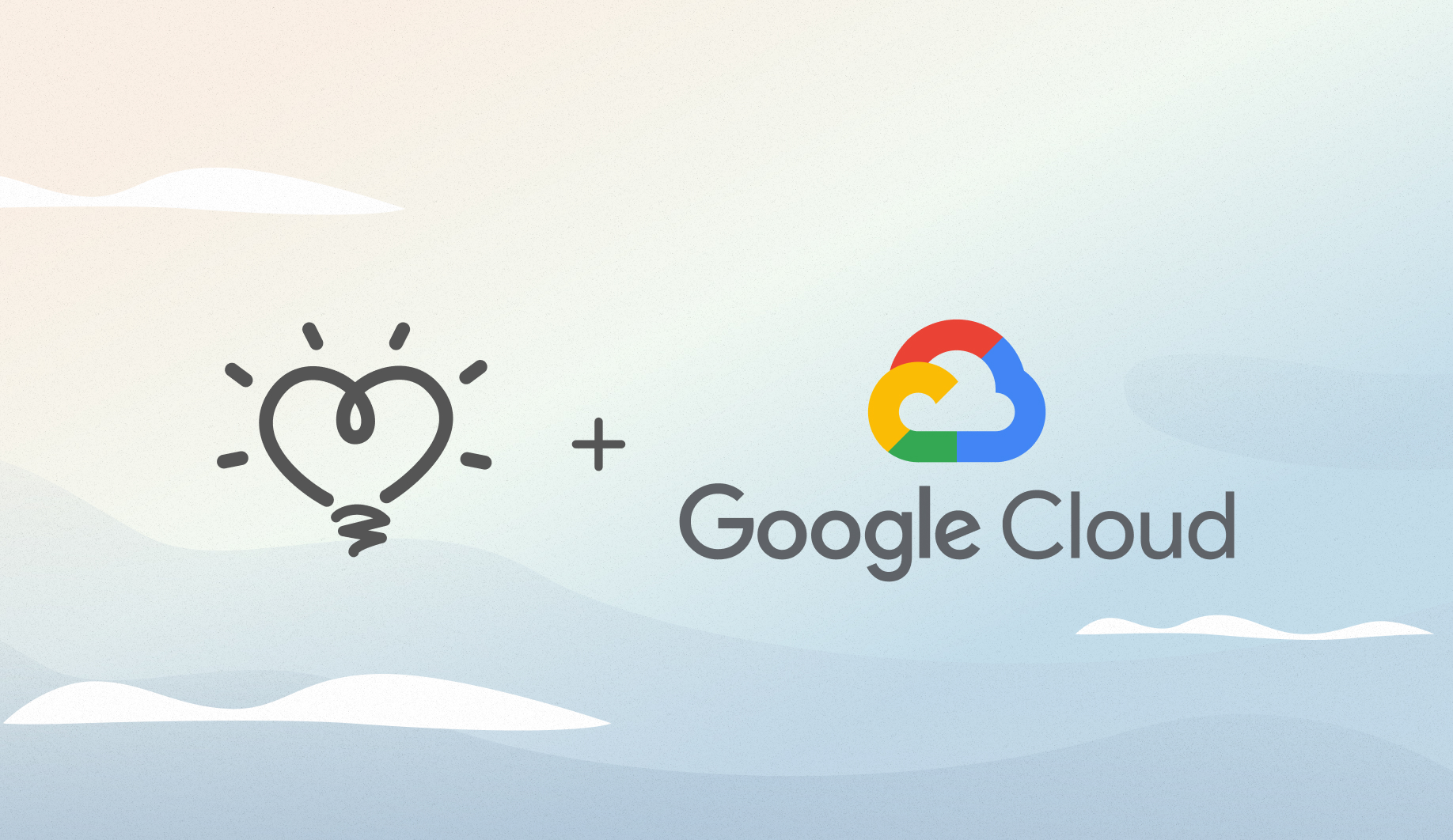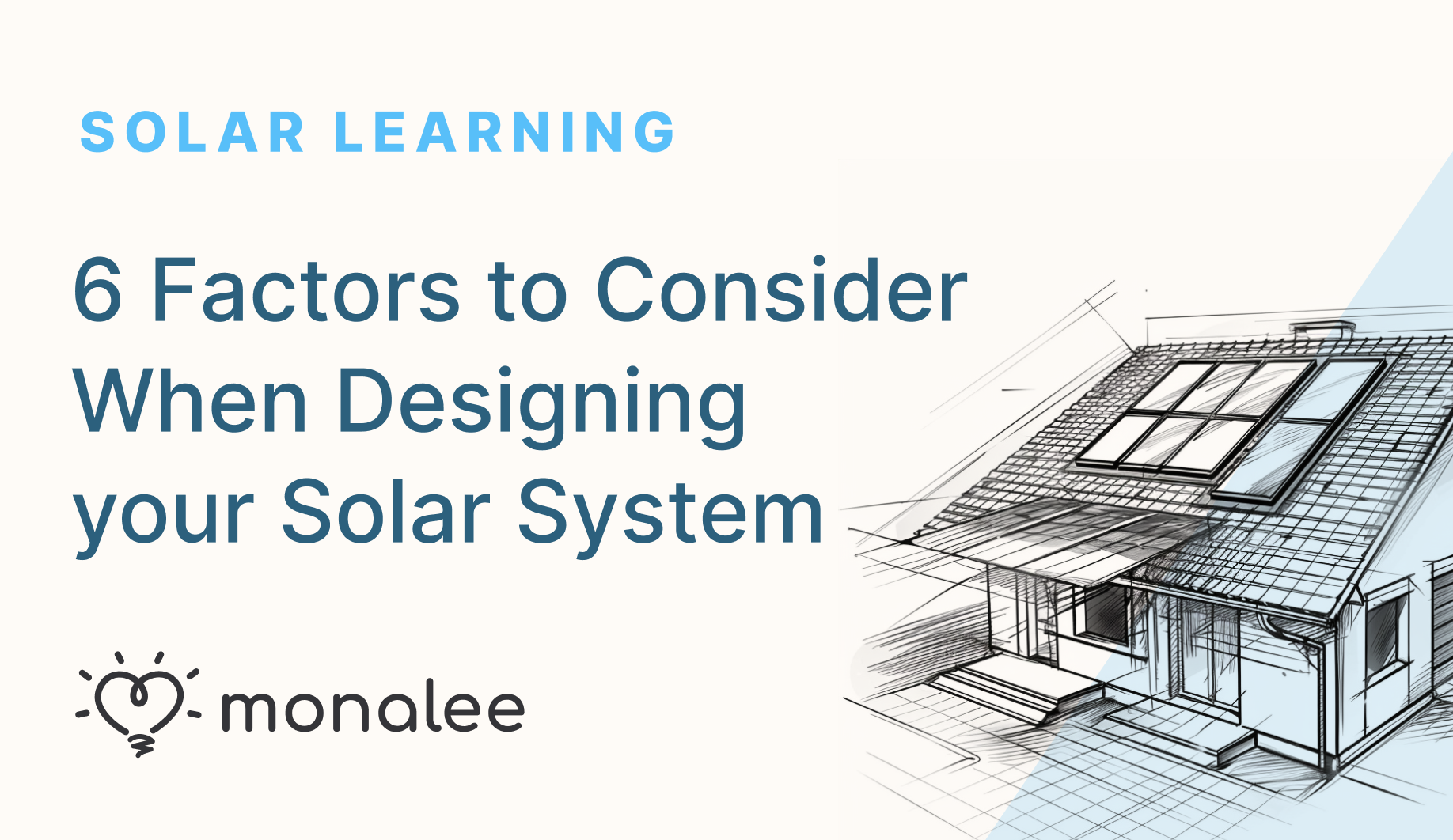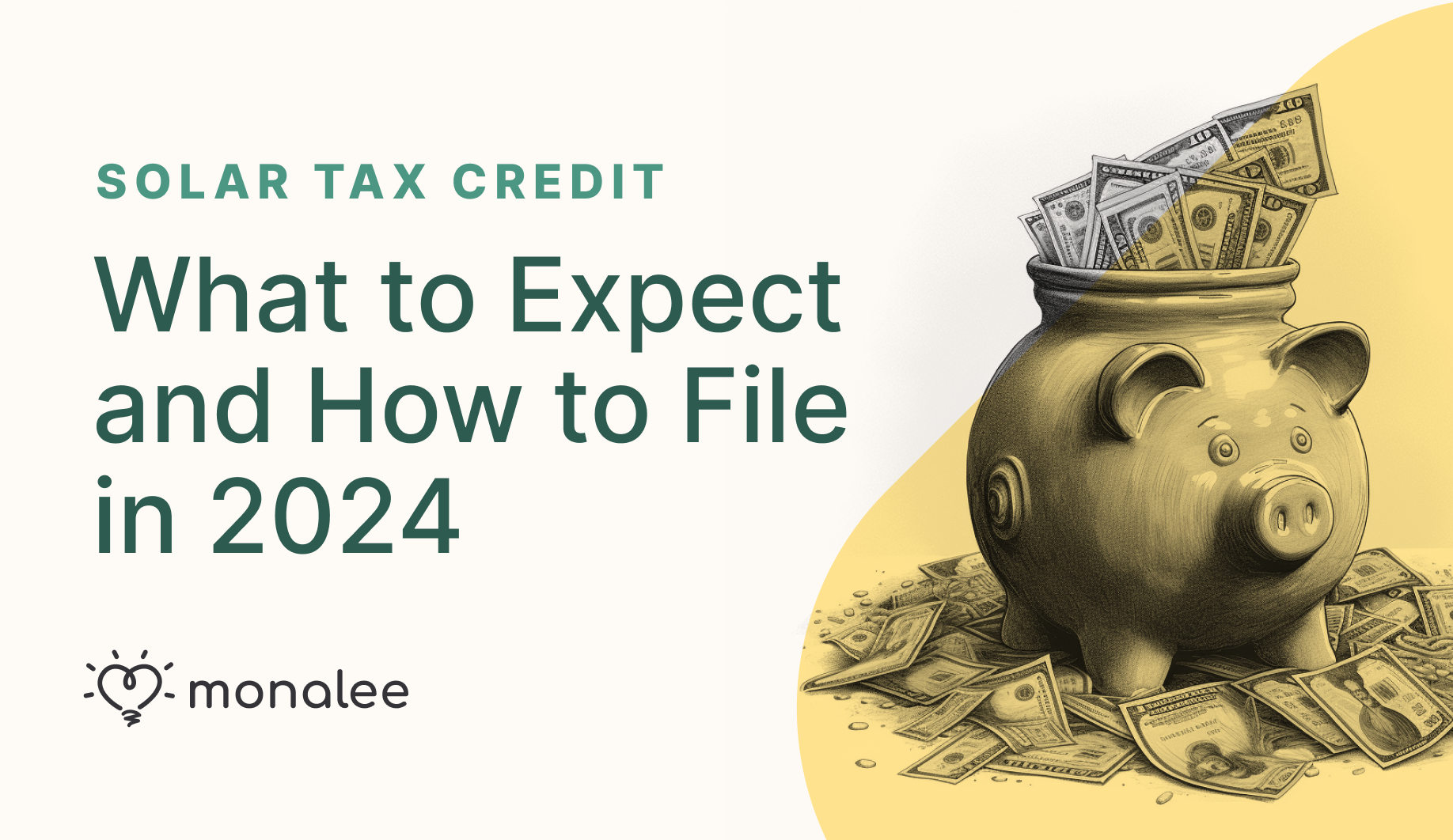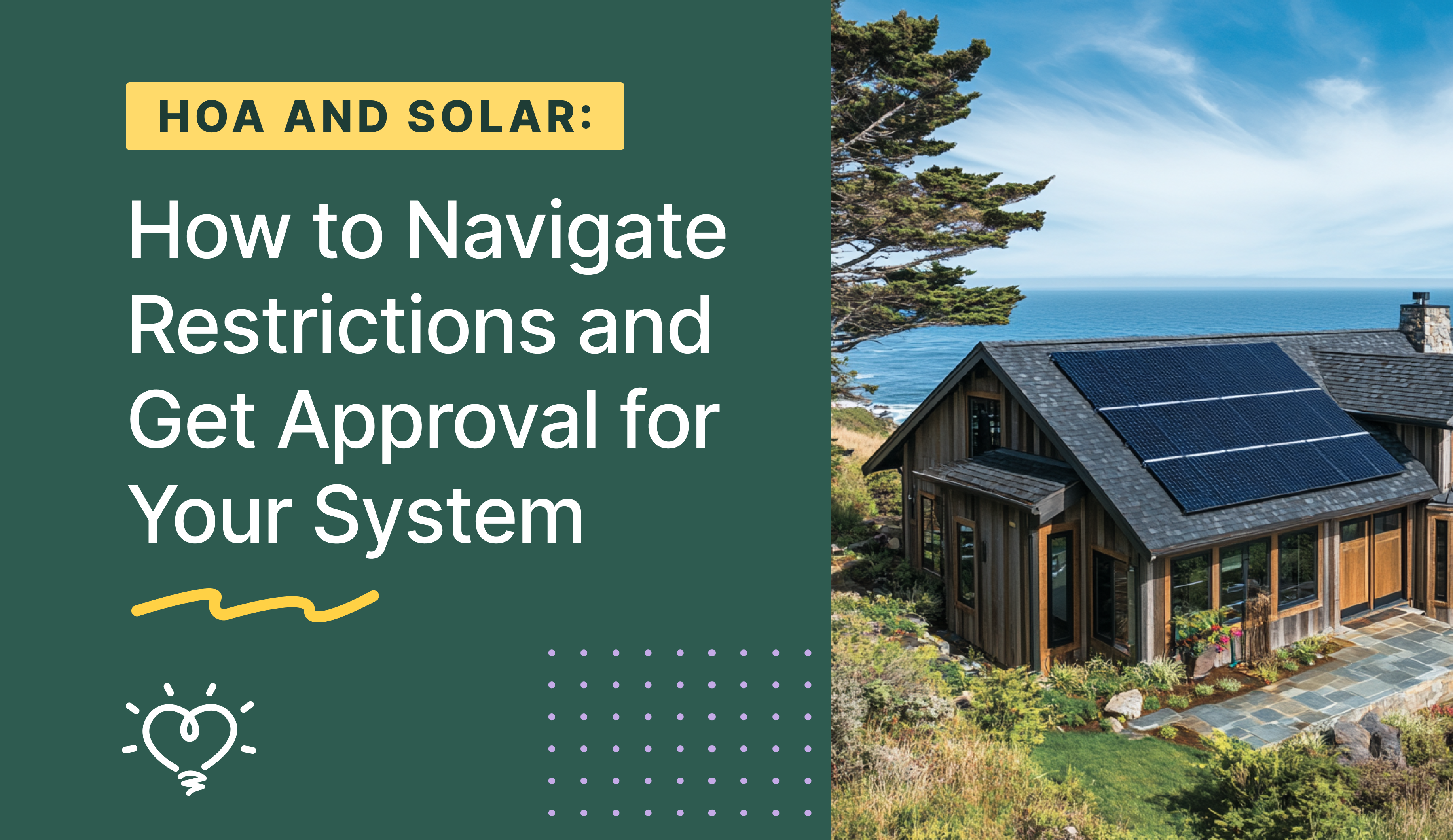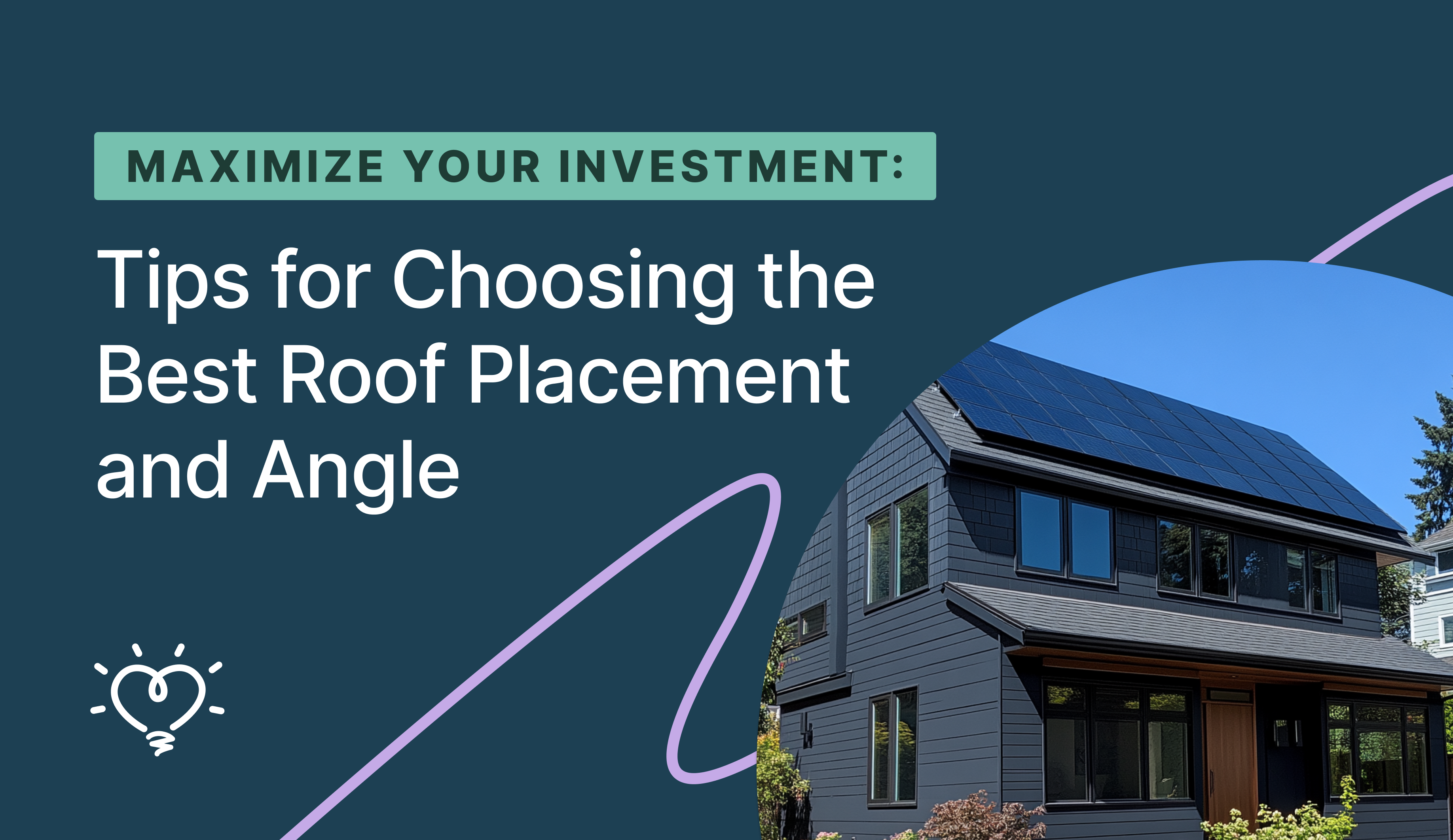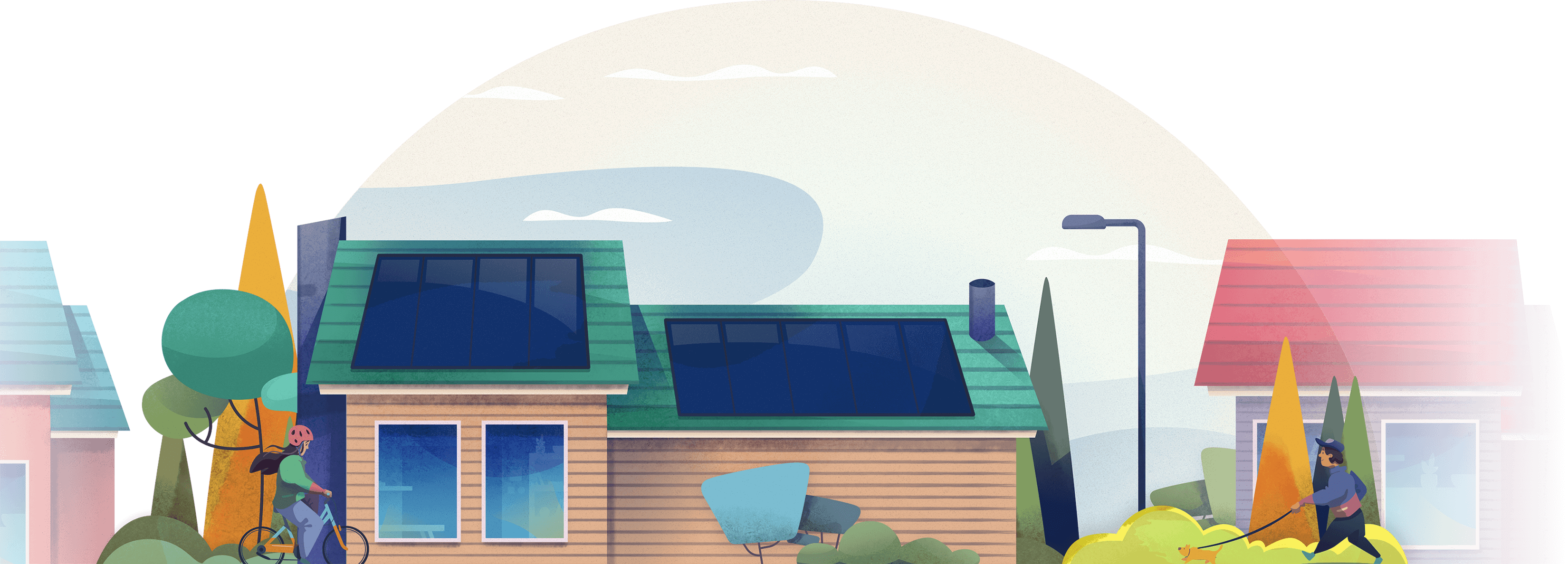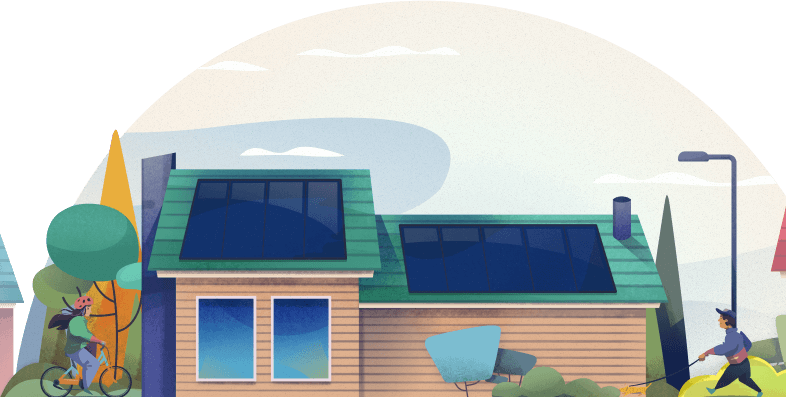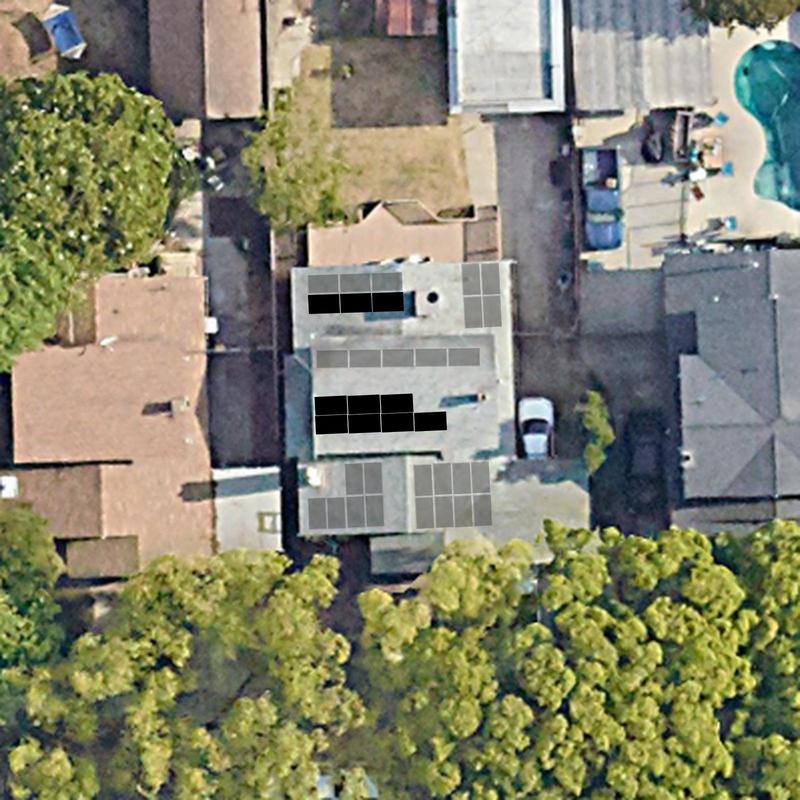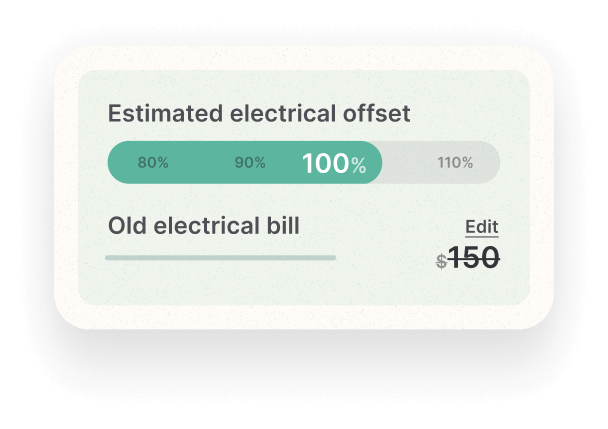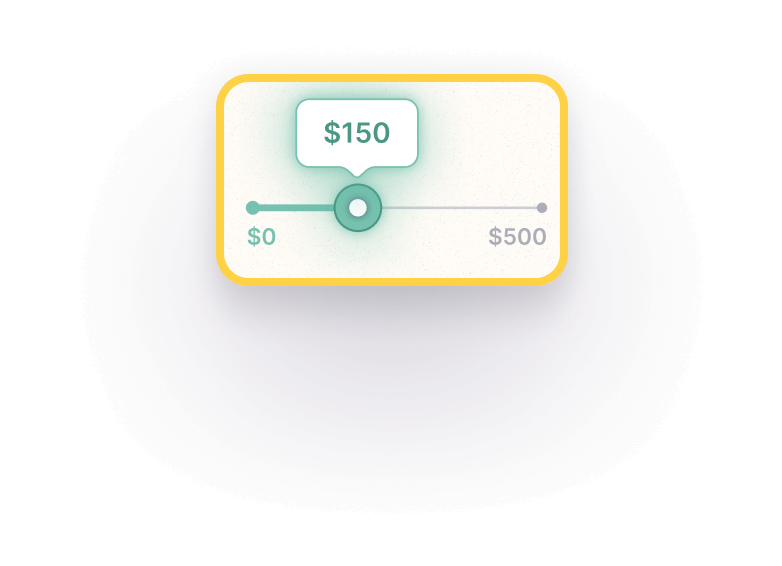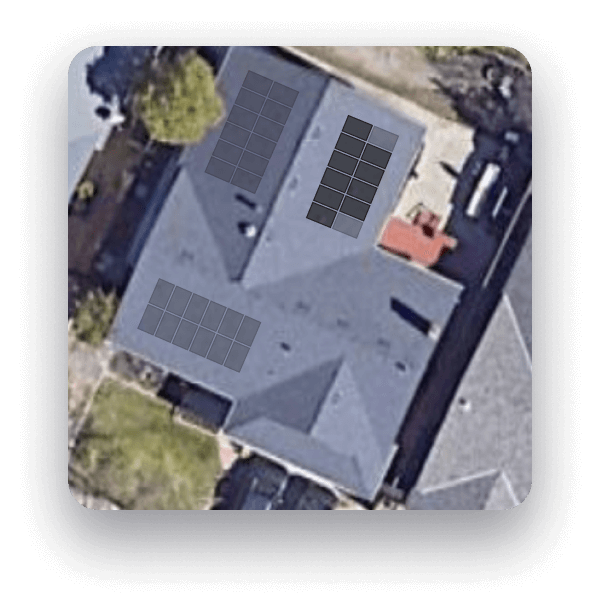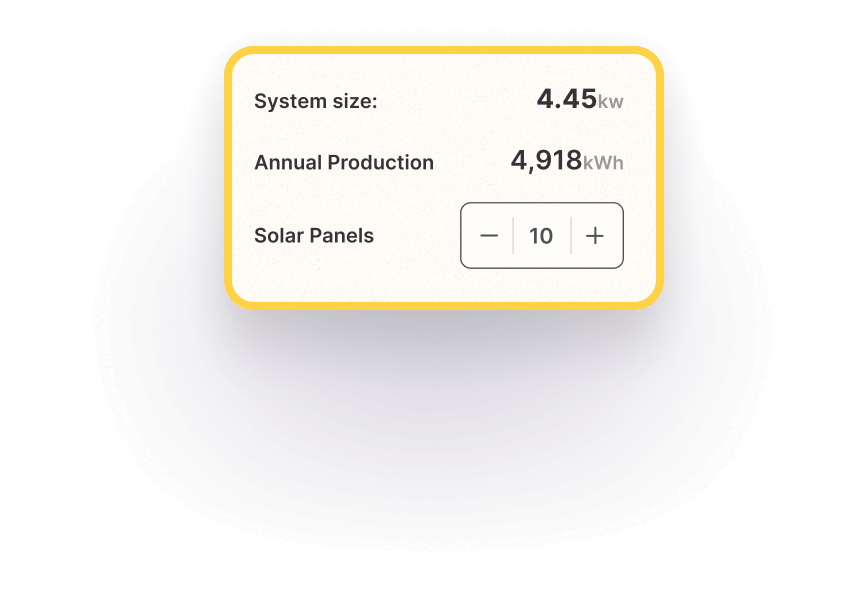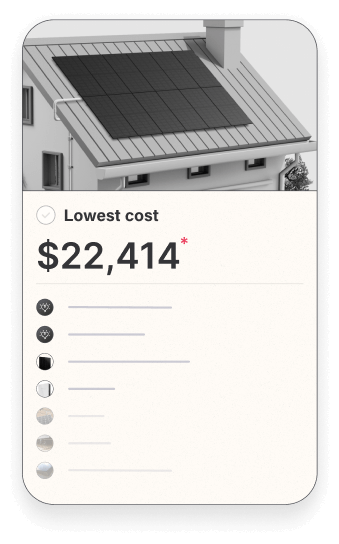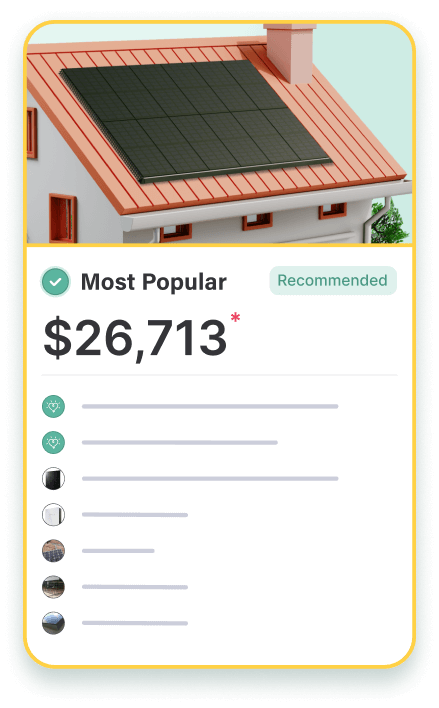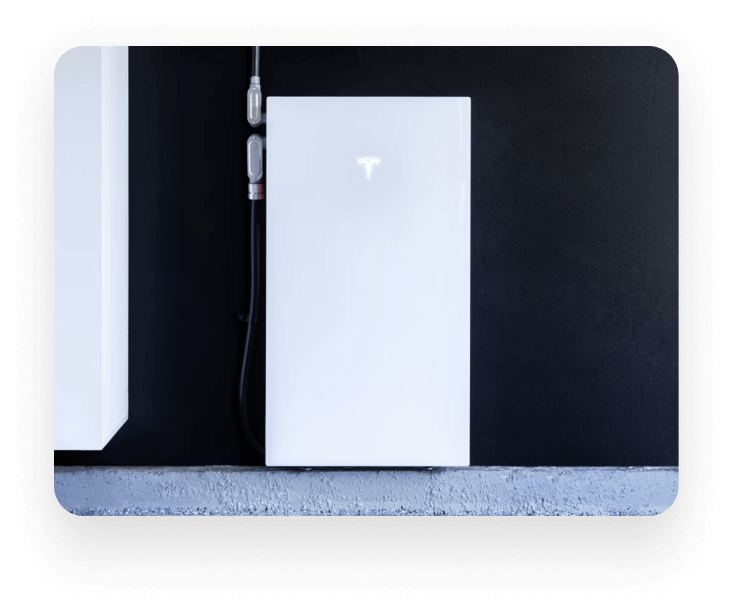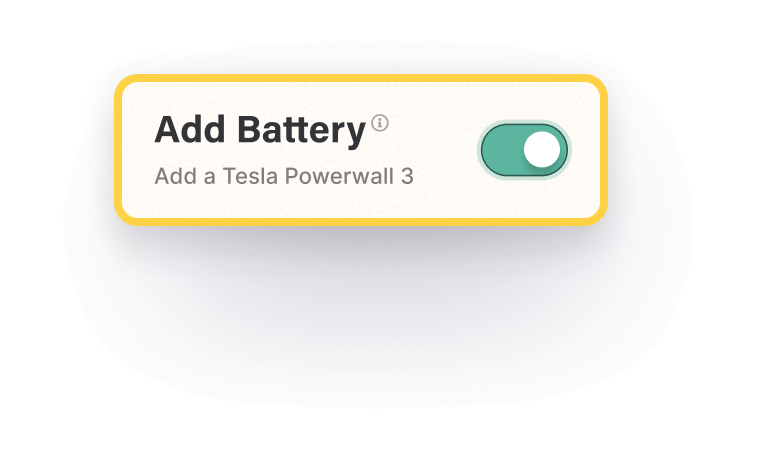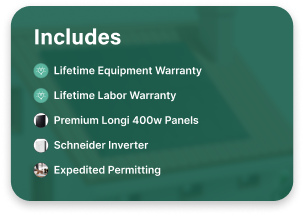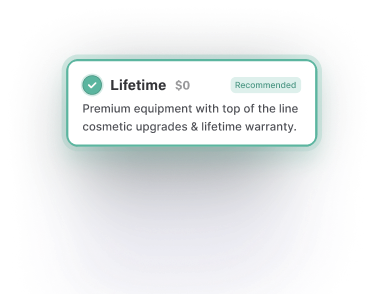One of the most common questions we get from homeowners is whether or not switching to solar makes financial sense for them. The good news is that in most cases, it does!
Saving on energy bills, relying less on aging power infrastructure, and embracing a more sustainable lifestyle are just some of the reasons homeowners are embracing solar energy to power their homes. Savings aside, homeowners.
At Monalee, our goal is to get homeowners to 100% offset with solar. Anyone can go to our site, enter both their home address and their monthly utility bill, and immediately see how much offset they can achieve by switching to solar.
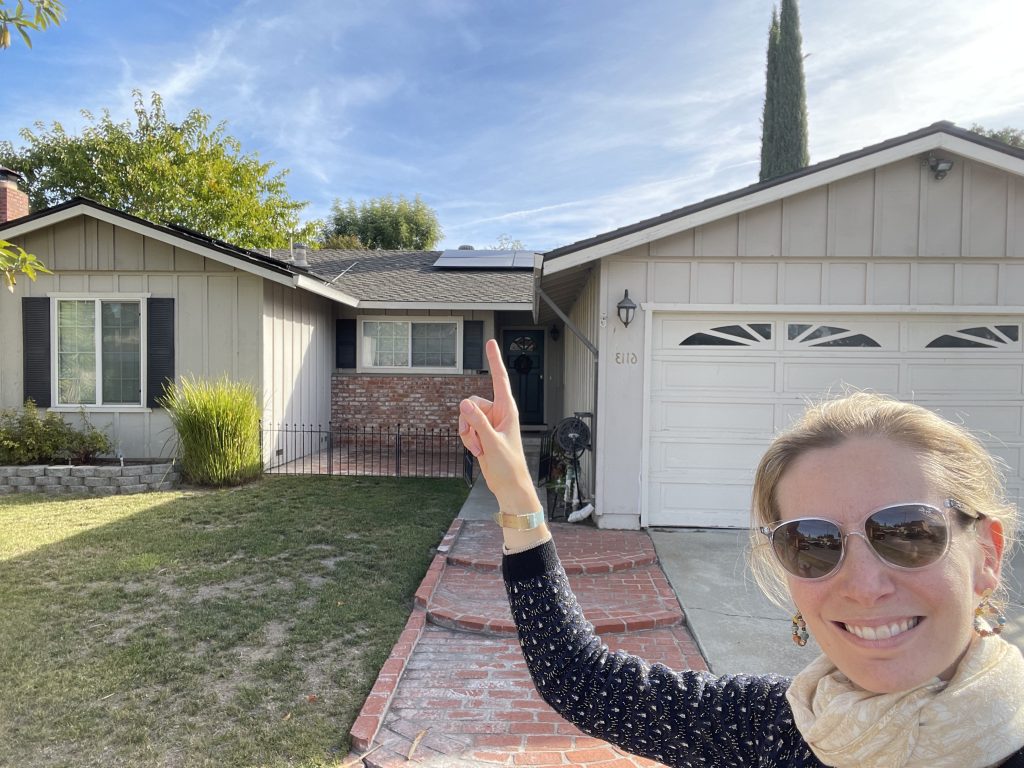
Factors to consider when going solar
Scroll below for 10 factors that might affect how efficient (or not) a solar system for your home will be long-term.
1. Quality of solar equipment
The age old saying, ‘you get what you pay for’ rings true for solar equipment. Currently, solar panels fall into three categories: Tier One, Tier Two, and Tier Three.
The best solar panels on the market are going to be Tier One, which means that they will have a slower degradation rate as well. Tier One solar panels are more expensive, but they rank higher in terms of quality materials and durability. You’ll likely pay more for them upfront, but they definitely stand the test of time.
If you’re looking into Tier Two or Tier Three solar panels, keep in mind that they might not last as long as Tier One panels do. All solar panels have what’s referred to as a ‘degradation rate’—how soon they lose their full efficiency—and the higher the tier, the longer they last. So, a lower-tier solar panel might still last 25 years but the percentage of degradation will be higher than, say, a Tier One solar panel.
When choosing Monalee, your project comes with warranties on solar equipment, installation, and performance.
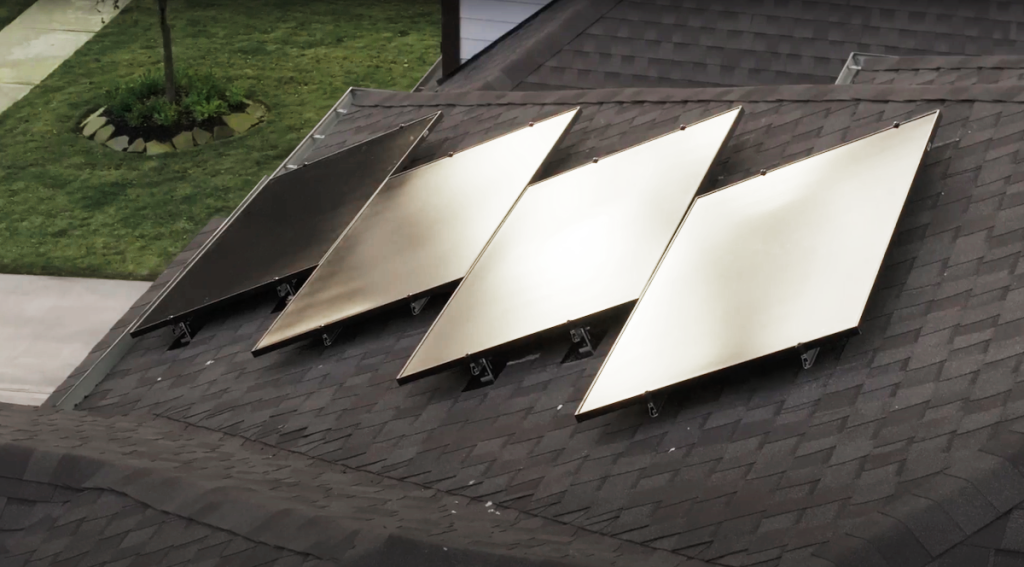
2. How much energy your home runs on in kW
The amount of energy your home needs to run is entirely personal and will be different for every household. The bigger the house, the more energy it will need. Location matters, too.
If you live in an area that can get extremely hot or cold, you’ll need extra energy for air conditioning and heating respectively.
According to a 2021 survey conducted by the U.S. Energy Information Administration, the average U.S. home uses about 10,632 kWh every year and the average house kWh per month is 886.
Keep the following factors in mind:
- Your home’s square footage
- The regional climate of your area
- How much energy you need (i.e. air conditioning and other major appliances)
- The number of people living in your home
- How well your home is insulated
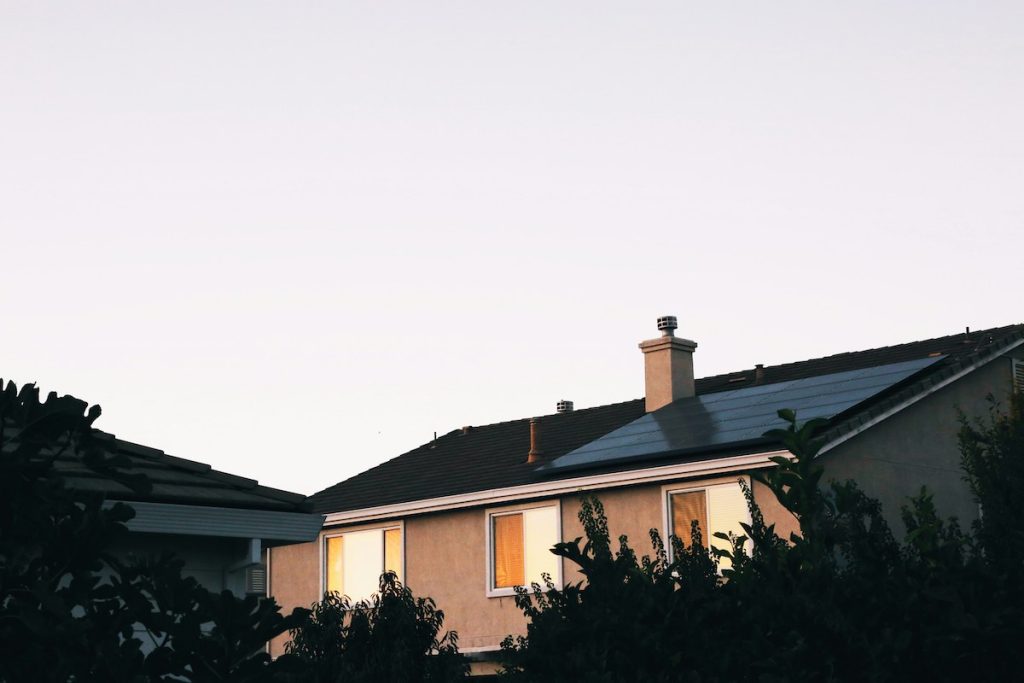
3. Roof azimuth, pitch, and plane
Ahead of designing a solar system for a homeowner, it’s important to get a good understanding of the home’s roof. You’ll want to understand a few key aspects:
- Roof azimuth: the navigational direction that solar panels face
- Roof pitch: the angle of a roof. You can think of it as a slope or slant.
- Roof plane: an even, uniform, or smooth part of the roof with the same pitch and azimuth.
Depending on a roof’s azimuth, pitch, and plane, we get a good idea of how much energy a solar system will produce. For example, a roof in the northern hemisphere that faces south will get the most sun and therefore will be the most efficient. The opposite is true for roofs in the southern hemisphere.
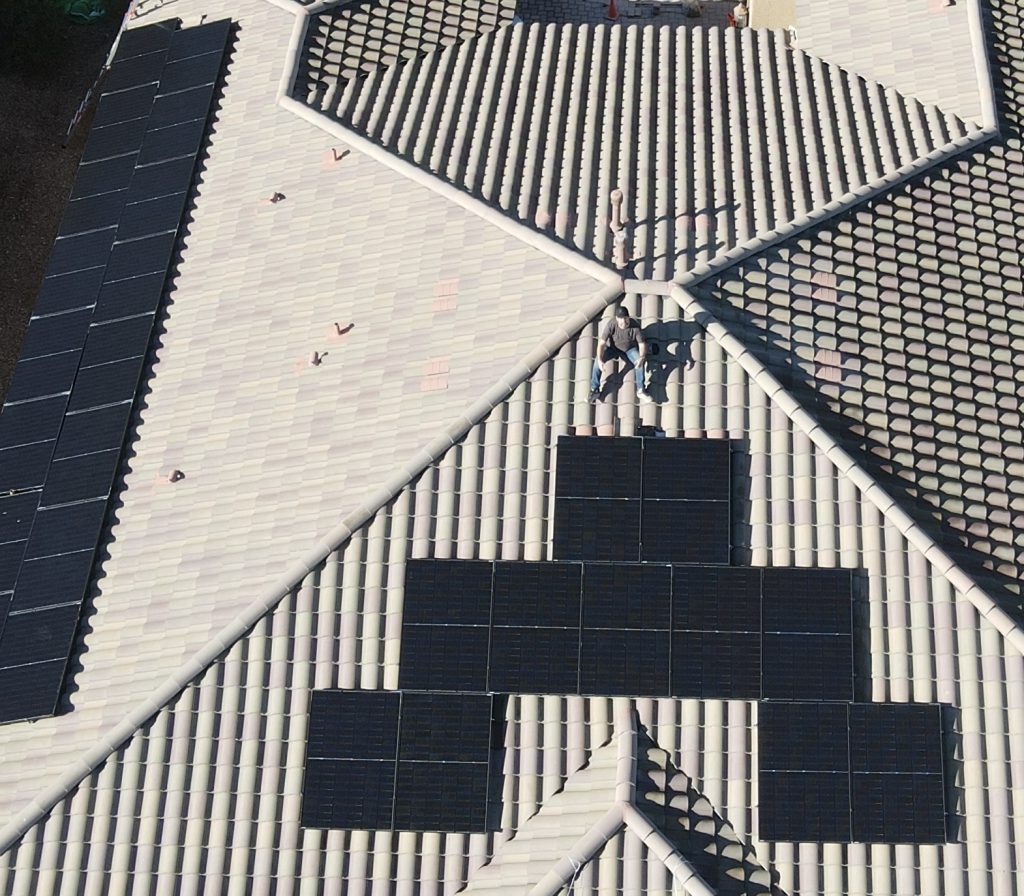
4. Latitude
In a perfect world, you’re going to want to tilt your solar panels at the same degree and angle as the latitude of your house. In most cases, anywhere between 20 and 45 degrees is considered ideal.
That said, solar panels that fall outside of that range will still generate plenty of power and can be optimized in other ways.
5. Climate
Contrary to popular belief, solar panels work best in cool and even cold weather rather than in blistering hot temperatures. This makes homes in states like Colorado, for example, ideal candidates for solar.
On average, solar panels work best between 59 and 95 degrees Fahrenheit. In extreme temperatures, such as a heat wave, your panels can become less efficient.
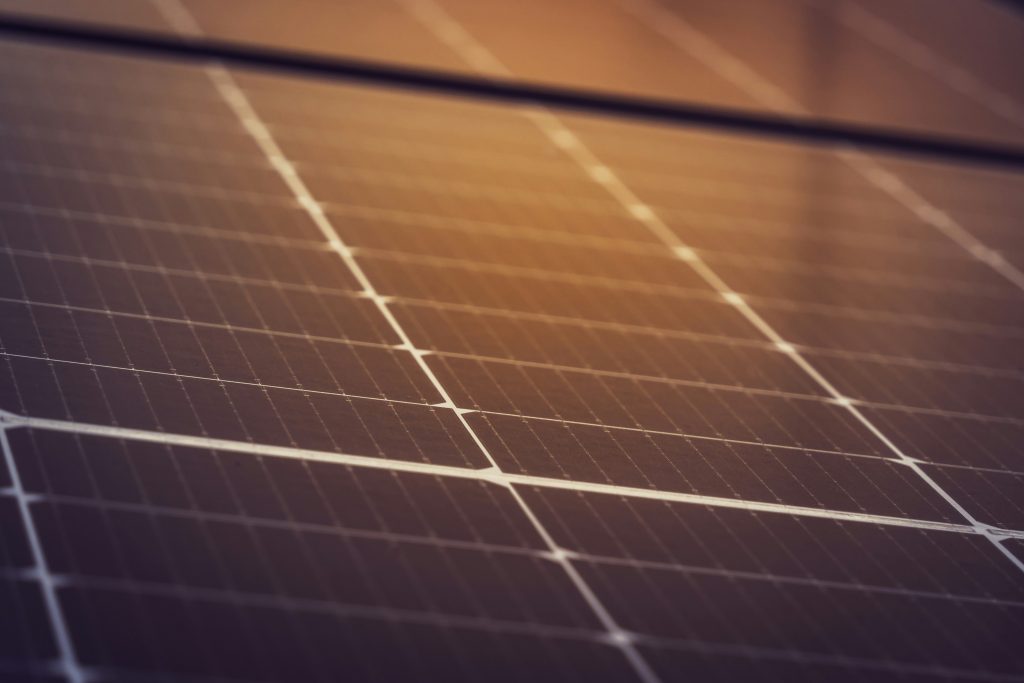
6. Weather and Seasonality
Even if you live in a year-round sunny destination like parts of Florida or Arizona, rainy days are bound to happen. The good news is that solar panels are extremely durable and built for all sorts of weather conditions–rain, sleet, snow, you name it.
While your solar panels won’t be physically harmed, they are going to produce a little bit less energy during inclement weather and cloudy days. If you live in an area where clouds are common or where it rains more than the national average, it’s something to consider ahead of choosing to go solar.
Definitely don’t think of it as a deterrent; in most cases, your system will still generate more than enough energy on cloudy days to power your home.
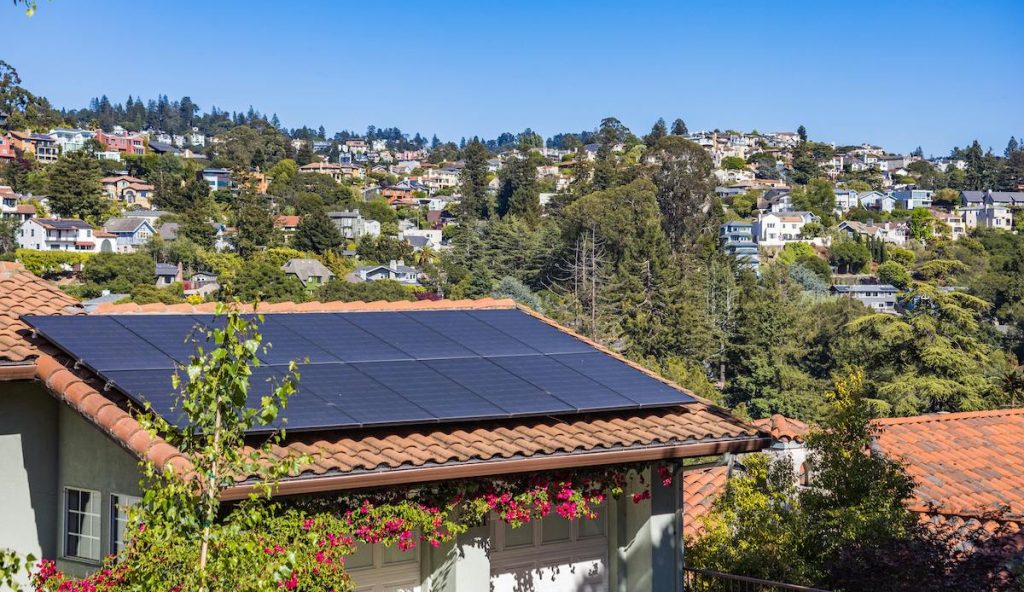
7. Altitude
If you happen to live in an area with higher altitudes, you’re in luck. Studies show that solar panels generate more electricity at higher altitudes than those that don’t. This is because the atmosphere tends to be thinner at higher altitudes. Thinner air then leads to reduced air density which leads to an increase in UV radiation.
8. Number of hours of direct sunlight per day
When designing an optimal solar system for your home, our technology runs solar irradiance algorithms to see how much sunlight is hitting each area of the roof and from that information, we determine the best panel placement for efficiency.
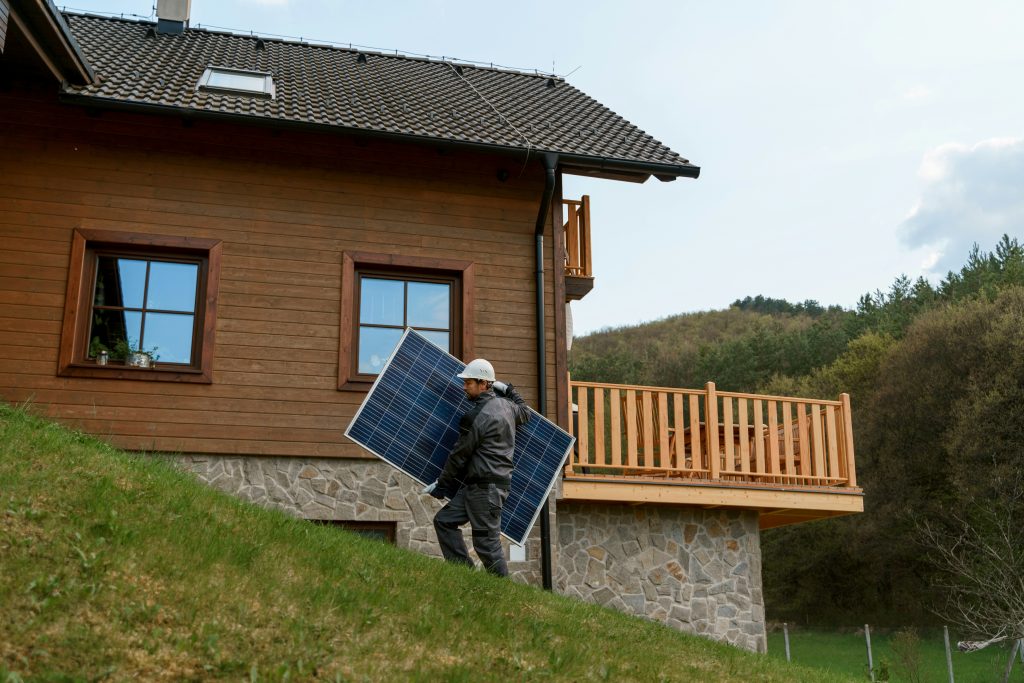
9. The presence of roof obstacles
Another factor our technology scans for is whether there are any roof obstacles that might get in the way of energizing one’s solar panels. Obstacles can be things like chimneys or roof vents and they can alter where the panels are ultimately placed.
While not technically obstacles, it’s important to determine whether there are trees or other structures that might cast shade on your roof. The more hours a solar panel is covered in shade, the more it can negatively impact solar power output.
10. Shading
While not technically obstacles, it’s important to determine whether there are trees or other structures that might cast shade on your roof. The more hours a solar panel is covered in shade, the more it can negatively impact solar power output.
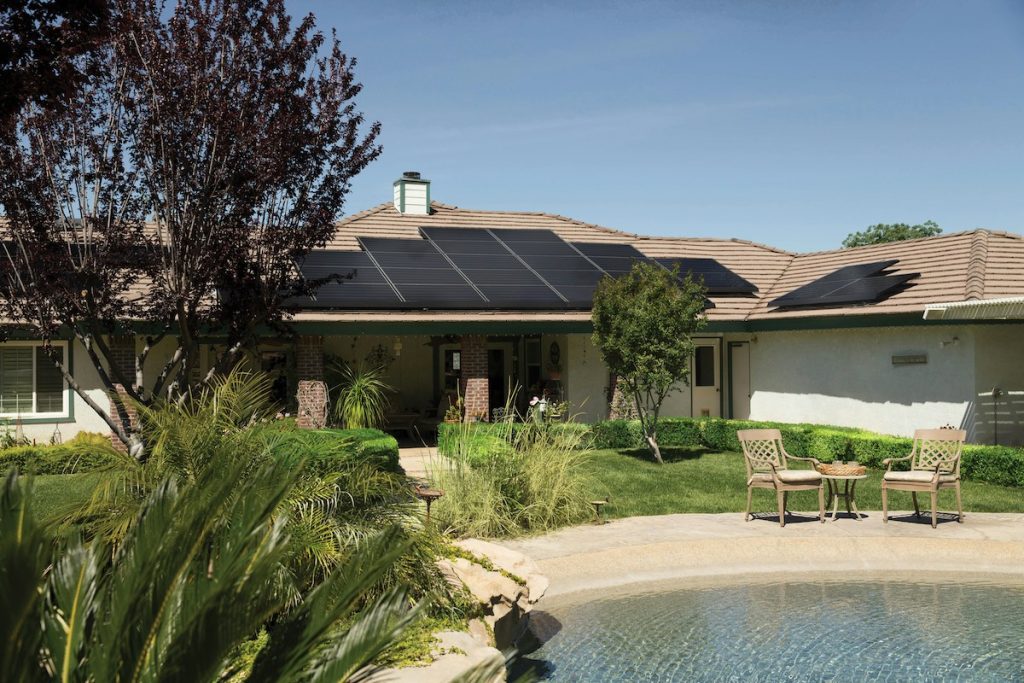
When might you not achieve 100% offset?
In solar terminology, offset refers to how much of your utility bill you can eliminate with solar energy.
For example, we’ve had customers go from paying $175 per month before solar, to just $12 after installing their system. Another customer asked us to install additional solar panels on his existing system to further offset his home.
In most cases where homeowners are not able to fully offset their utility costs, it’s because their home needs more energy to run than the amount of energy they’re generating from their solar system. It could also come down to seasonality; you may have a higher electricity bill in the hot summer months when your AC is on full blast but back at 100% by the fall.
How much energy a solar system generates is largely dependent on the 10 factors outlined above. In most cases, you’ll have trouble fully offsetting your electricity bill if/when:
- one or more solar panels are cast in shade for a duration of time throughout the day
- your home is large and requires a lot of energy to power
- your solar panels regularly receive limited amounts of direct
- your solar panels are facing north (in the northern hemisphere) or south in the southern hemisphere
Remember, seasonality can affect energy production . Your home might need more energy in the hot summer months when air conditioning is running then in the shoulder seasons.
A great first step is to enter your home’s address on Monalee.co and get a free, instant quote.
Regardless of if you move forward, you’ll get a good sense of how much power your home needs to achieve 100% offset, where your panels should be placed for maximum efficiency, and other helpful information that will help you make the best decision for you and your family.
